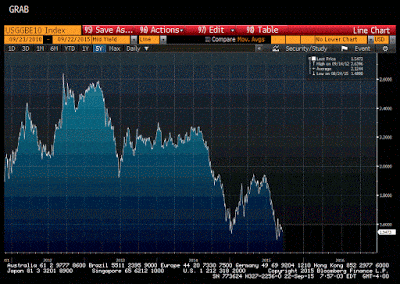The ECB Steps Up to the Plate
The main event today is the ECB meeting. Many observers expect a dovish tilt as Draghi prepares to expand QE in December. A Bloomberg survey conducted last week found that 80% of economists expect the ECB to eventually do so, with 56% expecting it at the December 3 meeting. The survey found 86% expect a move by the end of Q1 2016. Every central bank that has tried QE has had to do more than initially anticipated.





